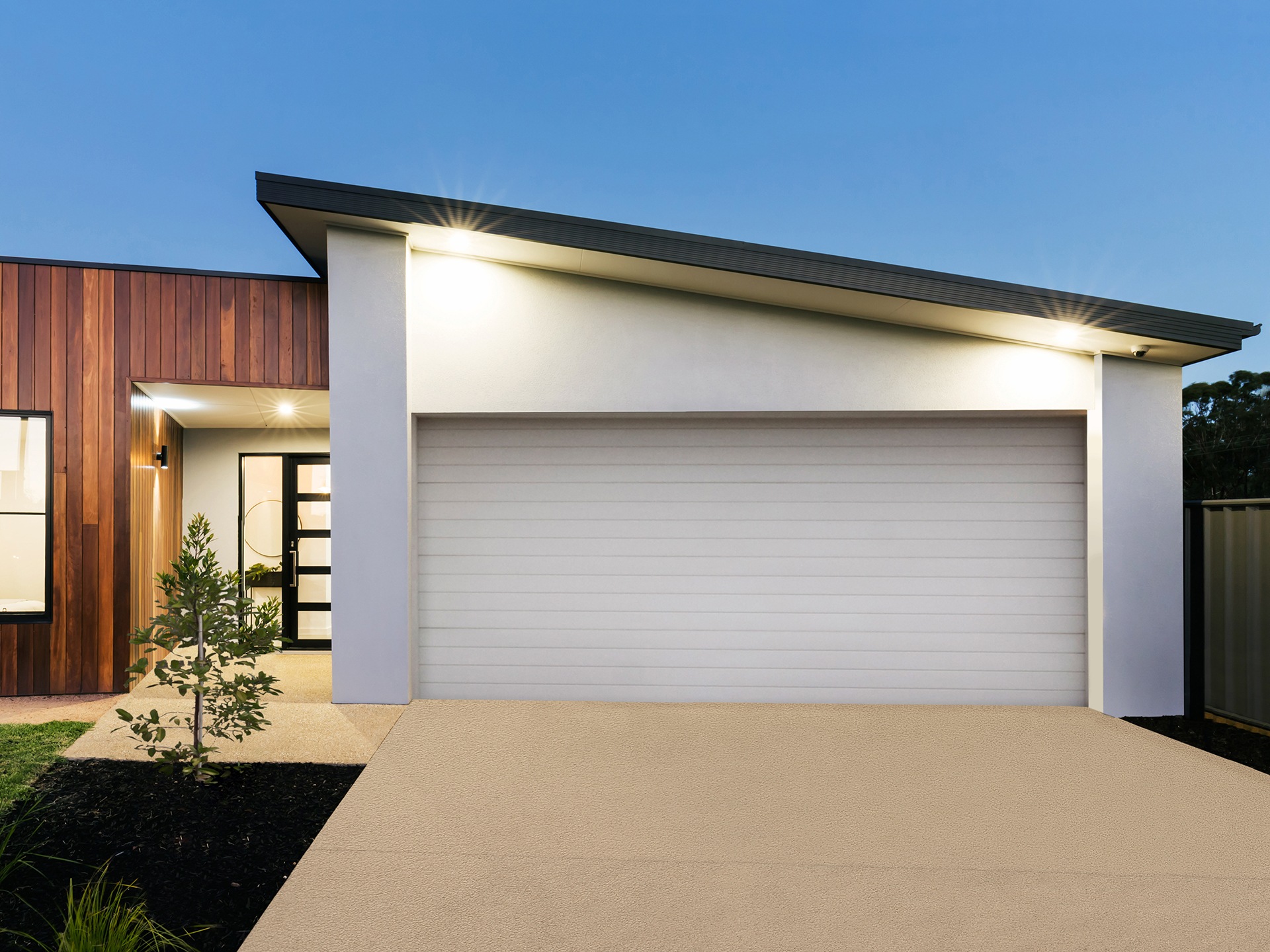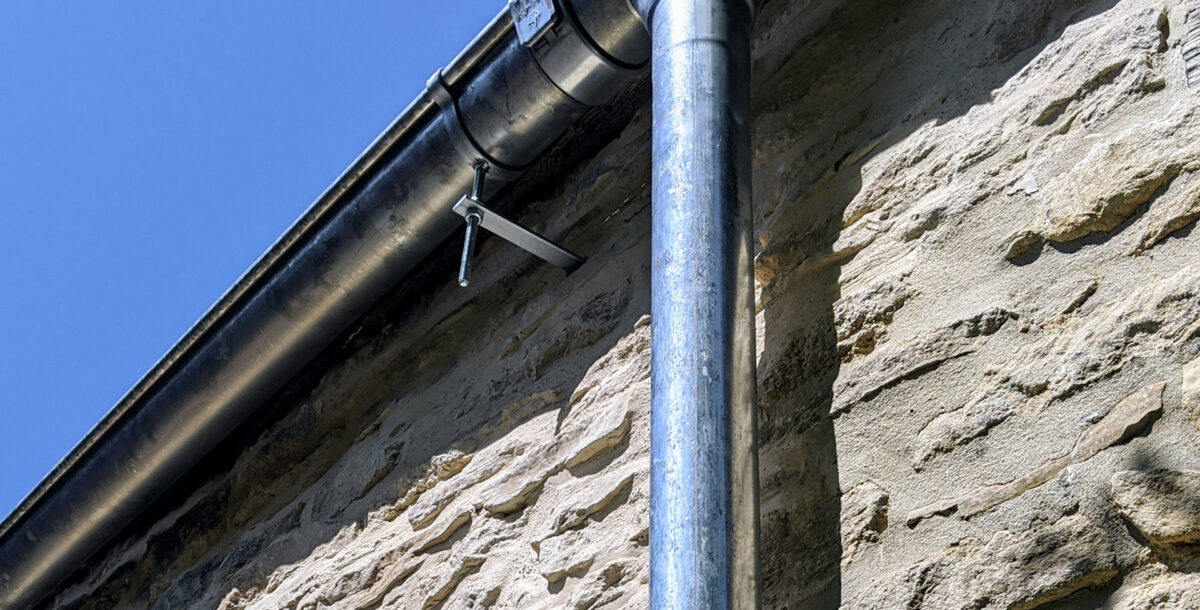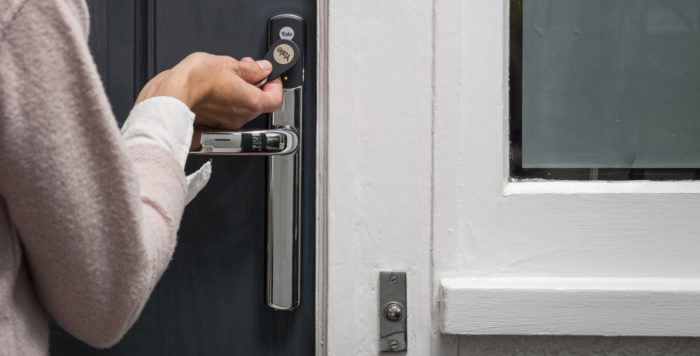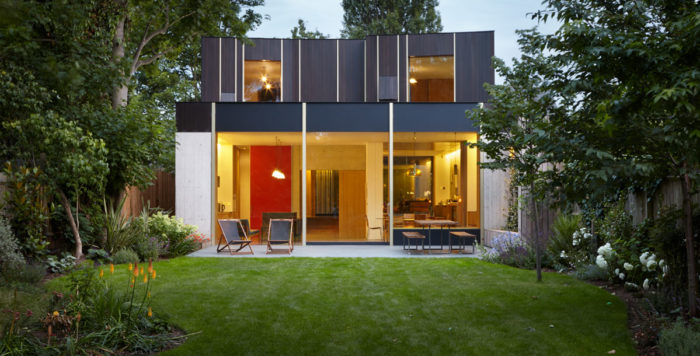Garage door buying guide – everything you need to know
Our buyers' guide has all the facts on garage-door style, safety and security
A good garage door isn’t just about security, it’s about how it looks and how easy it is to open and close. Whether you want a traditional door, or a more modern-look with automated opening, there’s a lot to think about when choosing a new door. Here’s everything you need to know.
Different types of door
There are five main types of garage door: up-and-over, roller, sectional, side-hinged and round-the-corner. Each has its pros and cons. Let’s take a look at each in turn.
Canopy up-and-over doors
The traditional canopy up-and-over garage door is still the most common type of garage door in the UK. It’s the most basic type, in which the door is opened upwards and outwards, then partially slid back across the garage roof. The door does not fully retract into the garage, about a third of it remains sticking out of the garage horizontally, forming a canopy. Hence the name. This type of door is useful if there is some obstruction that means the door cannot slide fully back into the garage.
Basic models can be cheap and cheerful, made from GRP (glass reinforced plastic, a type of fibreglass). But you can get more expensive canopy doors too, made of steel, aluminium or timber. Cheap models tend to come in ‘any colour so long as it’s white’ while mid-market and high-end versions are available in a range of powder-coated colours and wood-effect designs. The operation of up-and-over doors can be automated, which is particularly useful if they are heavy, covering a wide opening. But retrofitting a motor to an existing up-and-over door is not necessarily a simple or cheap job.
Because this type of door opens outwards, you always need to leave enough clear space outside for it to operate. For this reason, up-and-over doors aren’t ideal in tight spaces, where you might need to drive up close to the garage.
Retractable up-and-over doors
There is a second type of up-and-over door called the retractable up-and-over. This operates in a similar way but retracts fully into the garage. These tend to be more substantial and easier to automate.
Roller doors
Roller garage doors, also known as roller shutter doors, roll up into a cylinder across the top of the opening inside the garage. Their narrow slats may be insulated and made from aluminium or steel. You can even get transparent sections added to allow light into the garage. These doors are usually electrically operated. They are ideal for tight spaces: you can drive up really close to them, plus nothing impinges on the height space inside the garage.
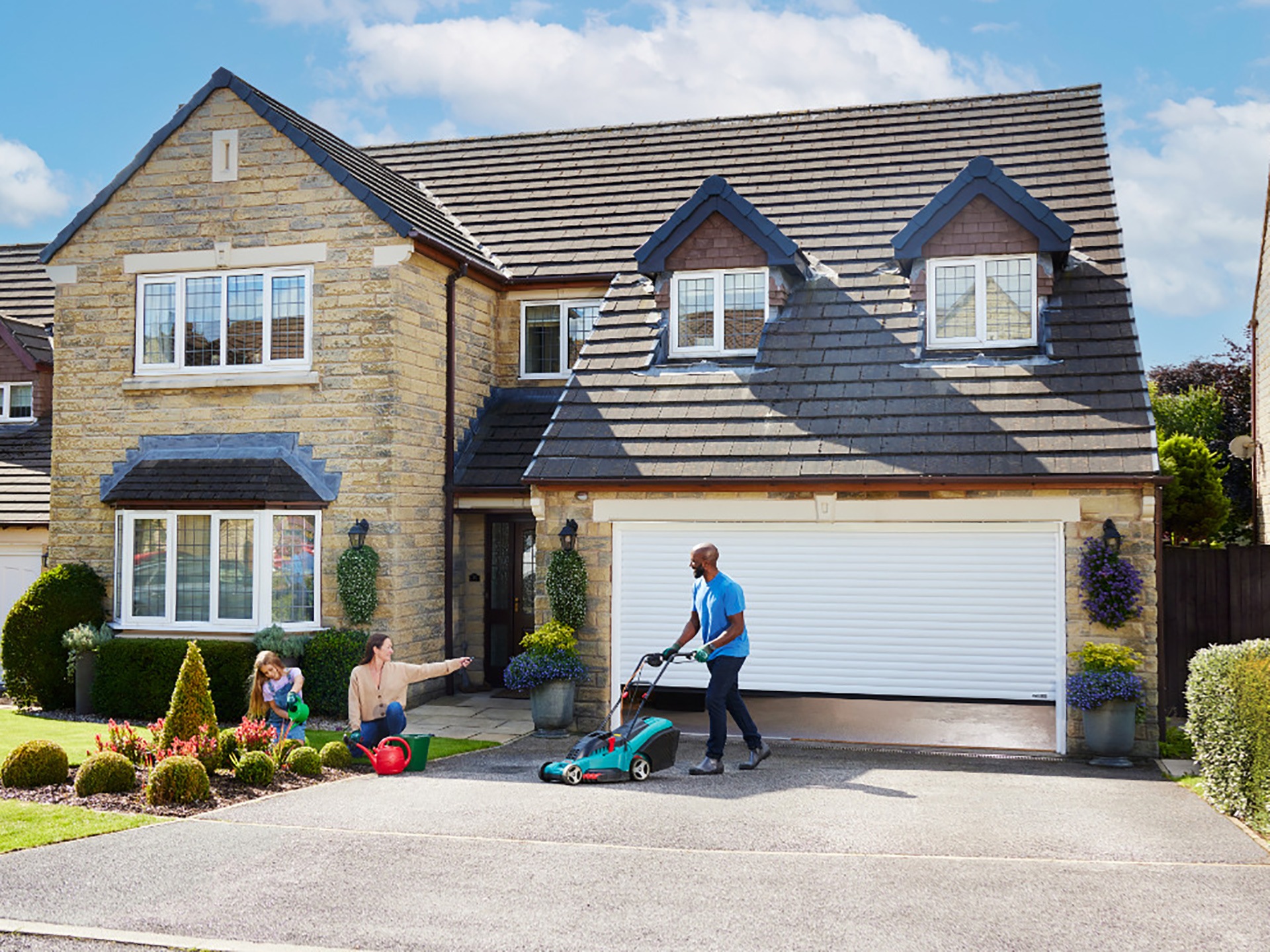
Image credit: Garolla electric garage doors
Sectional garage doors
Sectional garage doors are like a cross between roller and up-and-over doors. The door is divided into wide horizontal panels, which slide upwards then over to lie flat in the garage ceiling. They are made of steel in ribbed or panelled designed in a full range of colours. You can have glazed panels in a sectional door. And, like roller doors, they are good if space on the drive is limited and you want to be able to park up close to the garage door before opening it. They are often operated electrically.
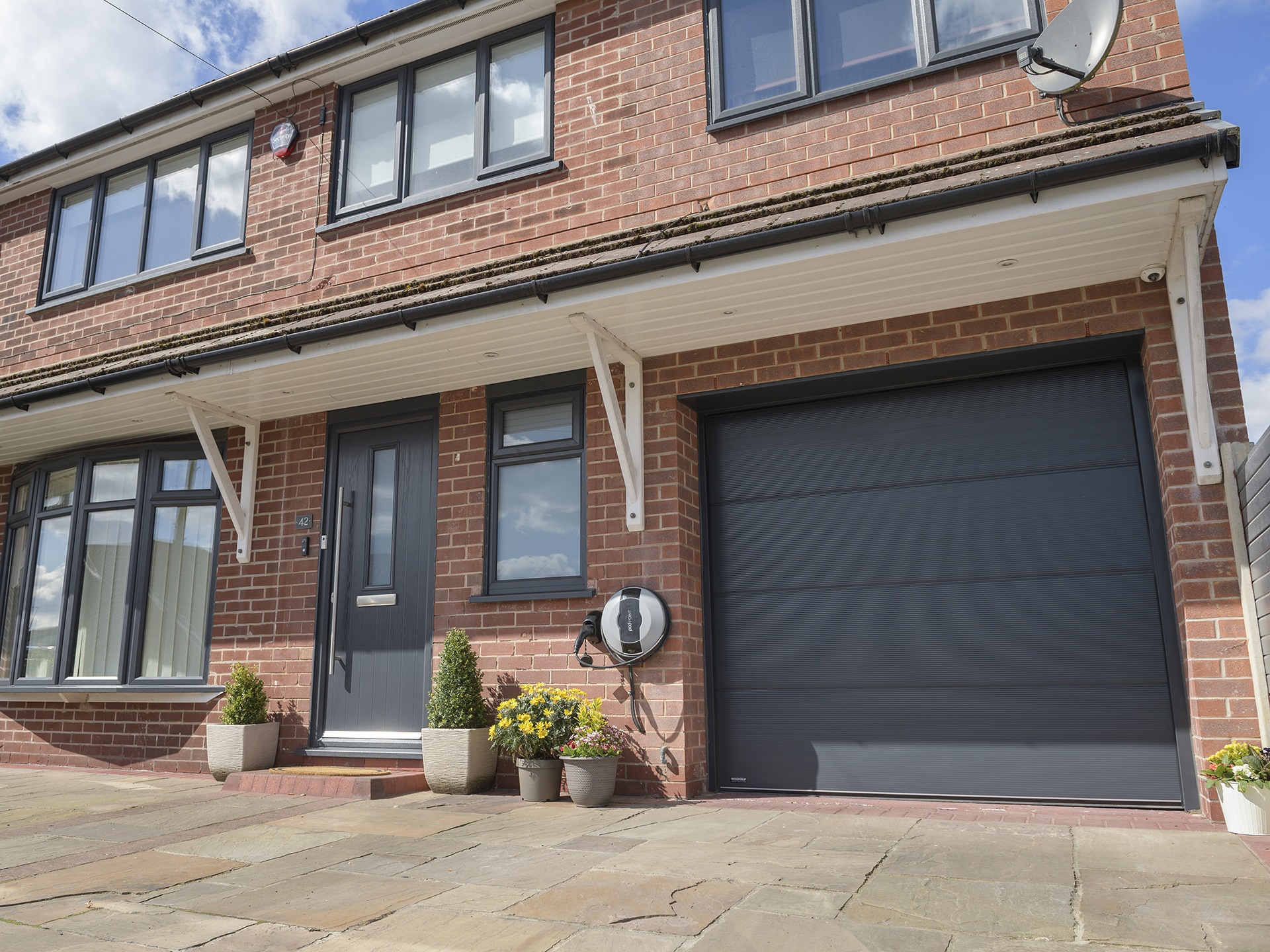
Image credit: Anglian Home Improvements
Side-hinged doors
Side-hinged garage doors are simply wide doors that open like normal house doors. They can be designed to open in the centre of the opening, or to one side, to form a standard-sized ‘traffic’ door allowing people easy access to and from the garage without having to open up the full width of the doors. They are available in a range of materials to give a contemporary or traditional look, and can be fitted with automatic openers.

Image credit: Anglian Home Improvements
Round-the-corner doors
Round-the-corner doors are made of vertical slats rather than horizontal. They hang from a track that goes around the corner of the garage. The door opens by sliding out of the way to tuck in along the inside of the garage wall. The bottom of the door is guided by a second track. Easy to motorise, these doors are good for covering large openings. They work well in garages with high ceilings or with storage in the ceiling, and allow you to park close to the garage on the driveway. They are also easy to open just a little if you want to go in and out of the garage on foot. Modern, tracked round-the-corner doors work better than earlier models where the ground tracks tended to get clogged with debris. These doors can be made from steel, aluminium, or wood.
You can see the different choices of door on the website of the Door and Harware Federation (DHF), the trade body for garage-door manufacturers and installers.
Safety
Electric garage doors have the potential to be hazardous if they are not fitted with the correct safety features. Whenever you operate an electric garage door, it is vital to look out for children and pets in particular.
Electric garage doors must comply with various pieces of legislation, such as the Supply of Machinery (Safety) Regulations (Machinery Directive) and the Construction Products Regulations, and meet various safety standards. These say that a door must have a mechanism to prevent it from squashing anyone, and a means to stop it falling backwards if its balancing system fails.
There are various safety features that can be used to prevent anyone or anything getting trapped in electric doors:
- a safety edge (sometimes called “collision detection”) is the best way to ensure that nothing gets trapped. This is a pressure-sensitive rubber bump strip attached to the bottom of the door, which will detect when the door touches something and immediately stop it moving or send it into reverse
- a hold-to-run (deadman’s) switch, which needs to be in line-of-sight of the door. This is safer than a remote control because the operator needs to have their hand on the switch to keep the door moving. So, if the switch is close to the door, that should prevent problems. If a remote control switch is used, it should only work the door at a very close distance (1-2m), so the person using it can clearly see whether anyone is in the way. If you want a remote control that operates at a greater distance, you will need to have additional safety measures installed
- a light beam curtain across the door opening will interrupt the electrical current to the motor if something is detected in the path of the door. This is much safer than a single beam
- a sensitive drive unit with force limiters in the motor that can detect a current surge when the door is obstructed and cut the power automatically
You will also want your door to have:
- finger-trap protection both between sections and in door hinges
- fall-back protection to stop doors from falling down.
This video explains more about garage-door safety.
And you can download factsheets containing much more detailed information from the DHF website.
Installation
You need to ensure that your installer has not scrimped on the safety features of your proposed set-up to bring in a low quote. So always go with a reputable supplier, such as a member of the DHF. When they handover newly installed electric doors to you, the installer must give you certain documents:
- a manual explaining how to use and maintain the doors
- a declaration of conformity stating that the doors comply with machinery safety legislation
- a declaration of performance explaining the safety standards they have passed.
Building regs
Buying from a reputable supplier should also ensure that the door you purchase complies with all the other regulations that it needs to meet, such as Building Regs.
Maintenance
It is important to get your electric door serviced regularly. If you move into a house that already has an electric door installed, you should get that serviced when you move in.
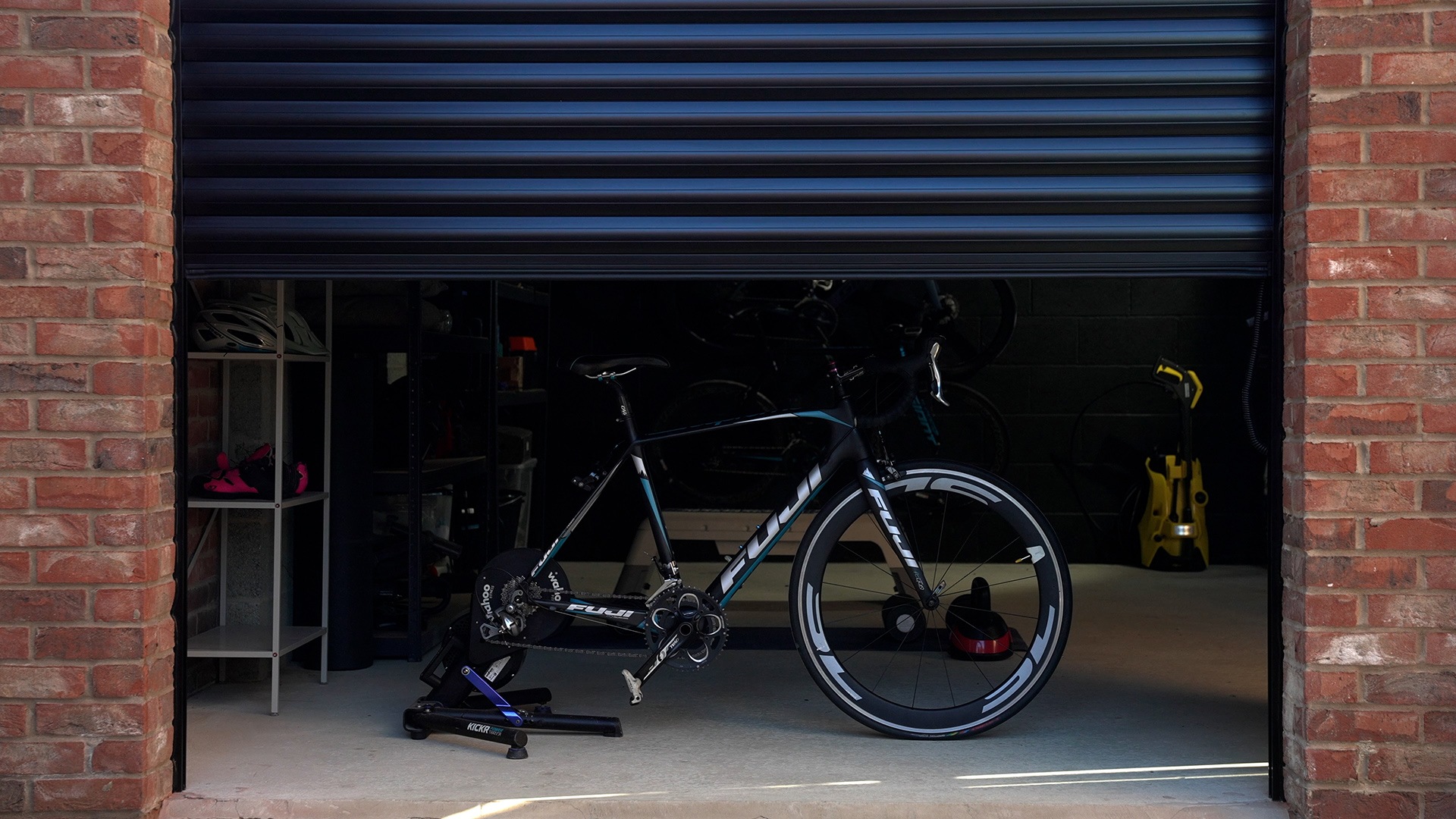
Image credit: Garolla electric garage doors

